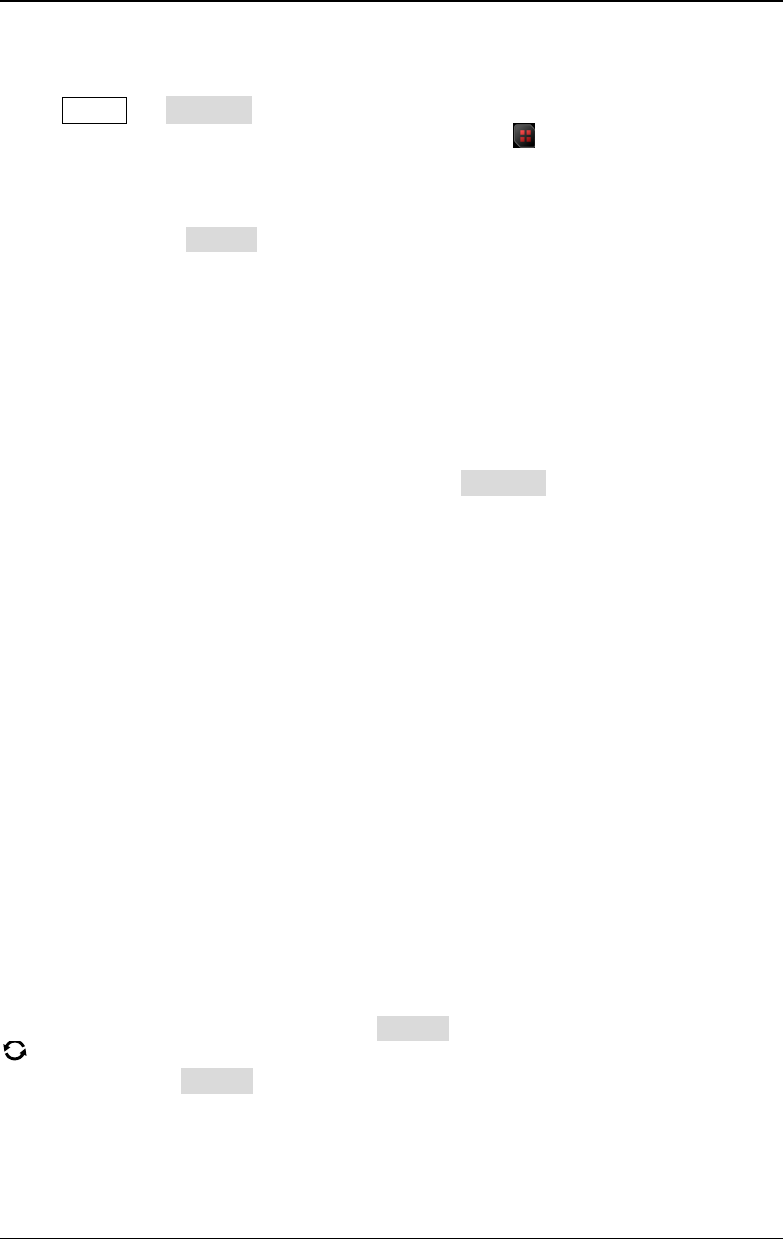Instructions
Table Of Contents
- Guaranty and Declaration
- Safety Requirement
- MSO5000-E Series Overview
- Document Overview
- Quick Start
- General Inspection
- Appearance and Dimensions
- To Prepare for Use
- Front Panel Overview
- Rear Panel Overview
- Front Panel Function Overview
- User Interface
- Touch Screen Controls
- Parameter Setting Method
- To Use the Kensington Security Lock
- To Use the Built-in Help System
- To View the Option Information and the Option Installation
- To Set the Vertical System
- To Set the Horizontal System
- To Set the Sample System
- To Trigger the Oscilloscope
- Trigger Source
- Trigger LEVEL/Threshold Level
- Trigger Mode
- Trigger Coupling
- Trigger Holdoff
- Noise Rejection
- Trigger Type
- Edge Trigger
- Pulse Trigger
- Slope Trigger
- Video Trigger
- Pattern Trigger
- Duration Trigger
- Timeout Trigger
- Runt Trigger
- Window Trigger
- Delay Trigger
- Setup/Hold Trigger
- Nth Edge Trigger
- RS232 Trigger (Option)
- I2C Trigger (Option)
- SPI Trigger (Option)
- CAN Trigger (Option)
- FlexRay Trigger (Option)
- LIN Trigger (Option)
- I2S Trigger (Option)
- MIL-STD-1553 Trigger (Option)
- Zone Trigger
- Trigger Output Connector
- Operations and Measurements
- Digital Voltmeter (DVM) and Frequency Counter
- Power Analysis (Option)
- Histogram Analysis
- Digital Channel
- Protocol Decoding
- Reference Waveform
- To Enable Ref Function
- To Select the Reference Channel
- To Select the Ref Source
- To Adjust the Ref Waveform Display
- To Save to Internal Memory
- To Clear the Display of the Reference Waveform
- To View Details of the Reference Waveform
- To Reset the Reference Waveform
- Color Setting
- Label Setting
- To Export to Internal or External Memory
- To Import from Internal or External Memory
- Pass/Fail Test
- Waveform Recording & Playing
- Search and Navigation Function
- Display Control
- Function/Arbitrary Waveform Generator (Option)
- Store and Load
- System Utility Function Setting
- Remote Control
- Troubleshooting
- Appendix
- Index

RIGOL Chapter 13 Pass/Fail Test
13-2 MSO5000-E User Guide
To Enable or Disable the Pass/Fail Test Function
Press Utility PassFail to open the pass/fail test setting menu, or enable the
touch screen and then tap the function navigation icon at the lower-left corner of
the screen to open the function navigation. Then, tap the "Pass/Fail" icon to open the
pass/fail test setting menu.
In the menu, press Enable continuously to enable or disable the pass/fail test
function.
Note: The pass/fail test function cannot be enabled in the following conditions:
when the timebase mode is "XY" or "ROLL"; when the delay sweep is enabled.
To Start or Stop the Pass/Fail Test Operation
After the Pass/Fail test function is enabled, press Operate continuously to start or
stop the test operation.
During the test process, the oscilloscope will test the waveforms, display the test
information, and output the test failure information based on the current settings.
You can set the test mask, the display status of the test information, and the output
form of a failed test based on the selected source channel for the test. Then save the
test mask range to the internal or external memory, and then recall it when needed.
For the details, please refer to the following section.
Note:
Only when the pass/fail test function is enabled, can you start or stop the
pass/fail test operation, enable or disable the display of the test information,
save and recall the test mask range.
After starting the test operation, you can neither modify the source channel nor
adjust the test mask.
To Select the Source
Before selecting the source, connect the signal under test to the analog channel
input terminal of the oscilloscope. Press Source and rotate the multifunction knob
to select the desired source channel, and then press down the knob to select it.
You can also press Source continuously or enable the touch screen to select it. The
available source channels include the analog channel (CH1-CH2).
Note: Only the channels that have been enabled currently can be selected.










